
Medallion of Louis XIV, about 1700, French. Leather, 36 1/4 in. × 31 in. The J. Paul Getty Museum, 2015.71. Partial gift of Dr. Horace W. Brock in honor of Theodore Dell
Louis XIV, arguably France’s most glorious monarch, worked tirelessly to promote his absolute power. Known as the Sun King, he didn’t hesitate to mix politics with art, and his image appeared in virtually every medium including metalwork, painting, sculpture, tapestries, and works on paper. A more unusual material can also be added to this list: leather.
Visitors to the J. Paul Getty Museum at the Getty Center can see a large leather medallion depicting the Sun King in profile. It proudly holds court in a gallery of the South Pavilion and is among a prominent group of decorative arts on long-term loan to the Museum that were recently added to the permanent collection.
What is the story behind this surprising material, and how was this leather portrait of Louis XIV made?
Leatherheads
Profile portraits of French royalty have a long history. Eager to celebrate their power and glory, kings and queens commissioned commemorative medals and portraits in profile, often based on classical prototypes.
Dating to about 1700, the Getty’s oval leather medallion presents Louis XIV clad in armor and cloaked in a flowing mantle. Depicted at the height of his power, the king appears within an elegant cord-bound frame set with a wide pattern of twisting foliage. Although he adopts the trappings and regal carriage of an ancient general or emperor, his lace cravat, long curled wig, and neatly trimmed moustache are in keeping with masculine fashions set by the French court at Versailles. The leather portrait was probably made for a courtier or royal official to show his allegiance to the king, whether in a public building or private residence.
The likeness of the profile probably derives from the work of a French artist such as François Girardon, a sculptor who produced many commissions for Louis XIV. A marble profile medallion in the style of Girardon is found at the Metropolitan Museum of Art, and a modern copy of this sculpture sits over the mantelpiece of the Getty Museum’s paneling from the Parisian Hôtel Le Bas de Montargis.
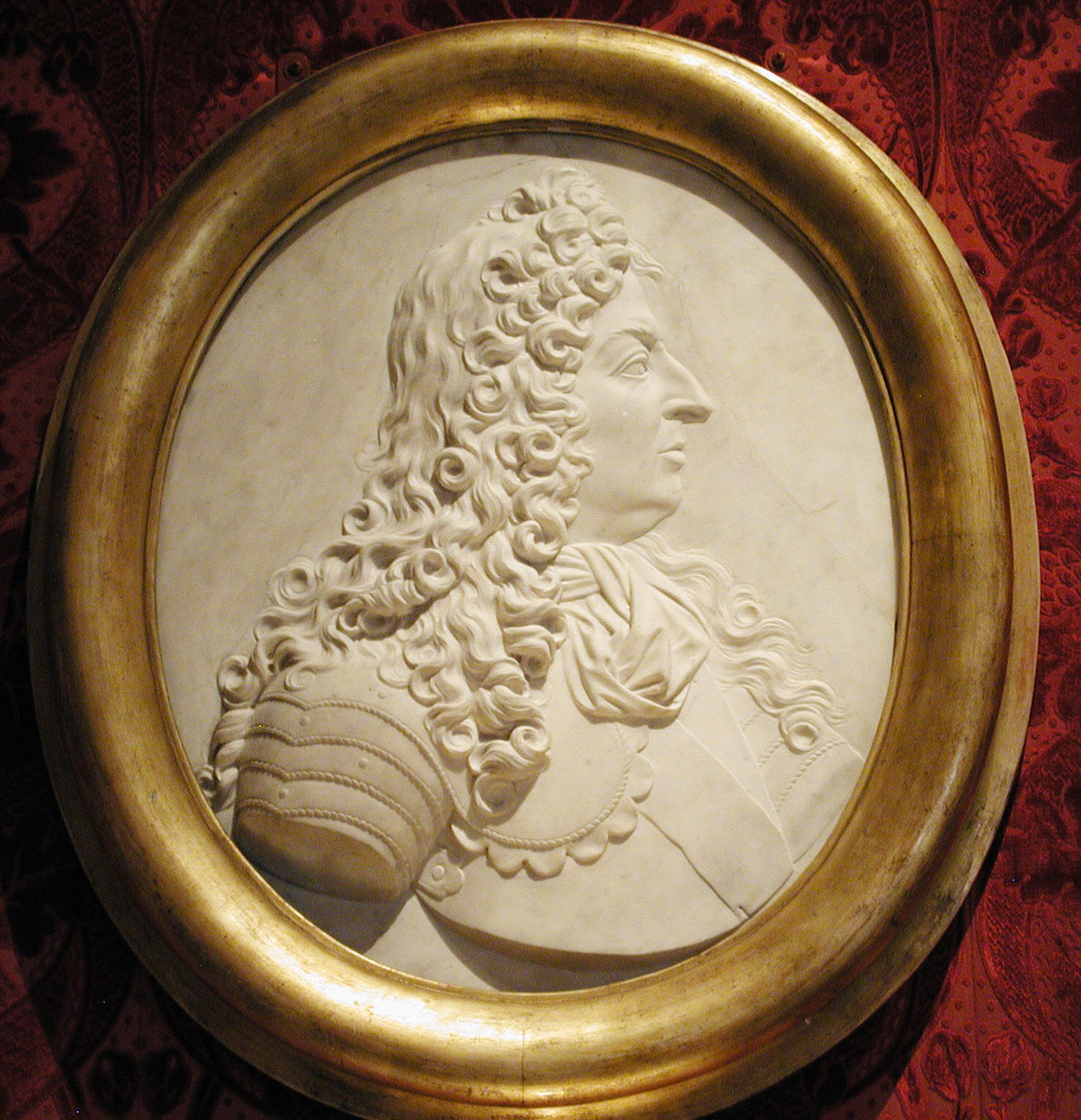
Portrait Relief of Louis XIV, late 1600s, in the style of François Girardon. Marble, 26 1/4 x 22 3/8 in. The Metropolitan Museum of Art, New York, 23.34. Rogers Fund, 1923. www.metmuseum.org
Humble Origins
Although we don’t know the name of the artist who made the leather medallion, we can partially retrace the steps of its creation. As a raw material, it began life as a cowhide. Butchers often sold hides to tradesman known as furriers, who in turn sold them to tanneries that operated on the outskirts of urban centers. The foul-smelling industrial process of tanning transformed the dirty hides into durable leather.
After a first round of washing, the tanner fermented the hide in a vat containing tannin, an acidic solution of bark or oak galls. The fermenting process lasted anywhere from several weeks to a year, depending on the thickness of the hide. The procedure loosened hair, fat, and other tissue, which was scraped off and discarded. After a final washing and drying, the processed skin was dressed or curried—stretched, shaved, and oiled—by a currier to finish the leather, which could then be dyed.
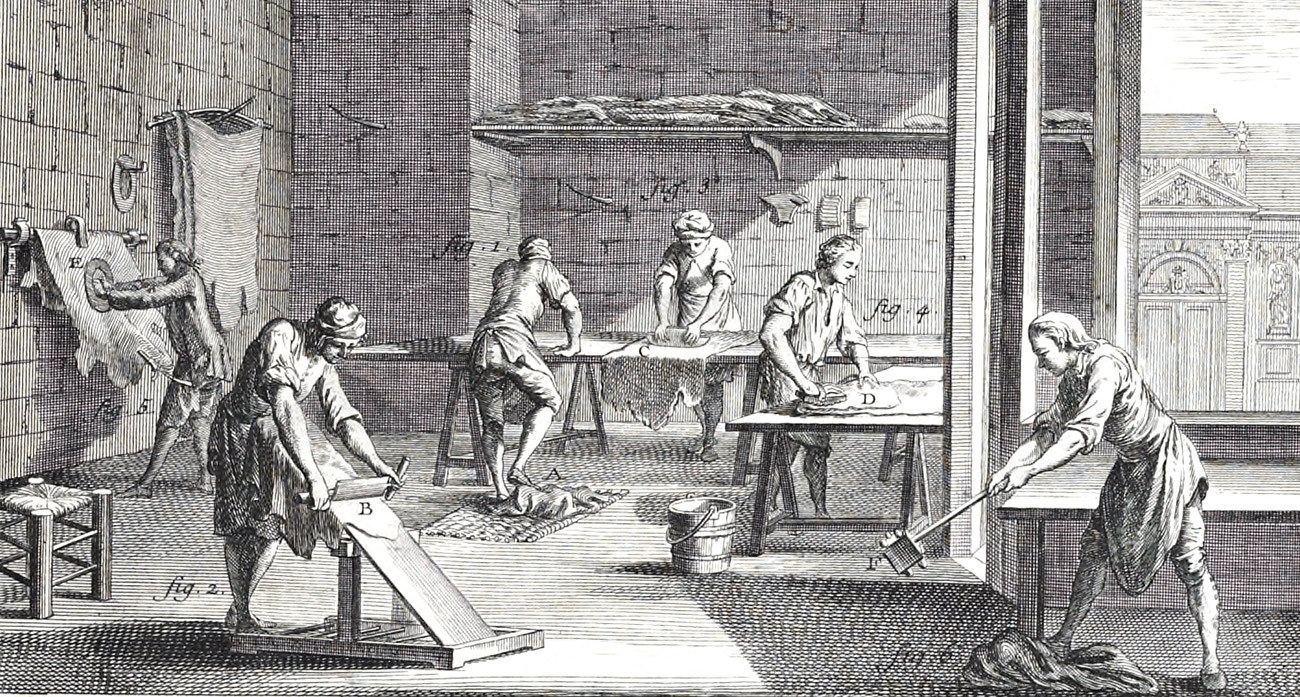
Corroyeur (Currying), from Recueil de planches, sur les sciences, les arts libéraux, et les arts méchaniques, avec leur explication, 1762, volume 3. The Getty Research Institute, 84-B31322
A craftsman known as a maroquinier was likely responsible for molding the leather into a medallion using the cuir bouilli—boiled leather—process. By submerging the leather in hot water, it could be molded using a shaped embossing plate. Additional tooling including repoussé, pushing the design forward from the reverse, further refined and delineated the medallion’s relief details.
A Prestigious Product
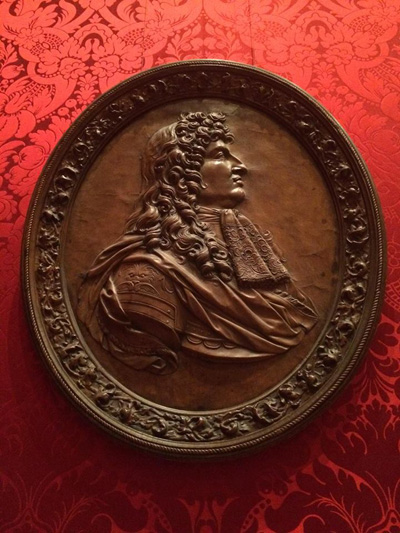
Installation view of Medallion of Louis XIV
Measuring just over three feet high and two feet wide, the Getty’s medallion of Louis XIV required nearly a quarter of the useable leather from a single cowhide. This represented an especially expensive outlay of the material in seventeenth-and-eighteenth-century France, which suffered from significant leather shortages before the French Revolution. The scarcity of leather was so great that its manufacture was highly regulated by the state and the export of leather goods was severely restricted.
Far from being a humble material, leather was one of high value and was used to make all sorts of items including bookbindings, containers, saddles, upholstery, and protective garments such as gloves, shoes, and armor. It’s fitting that a portrait in this material should now find a permanent home at the Getty among other works of art from Louis XIV’s reign.

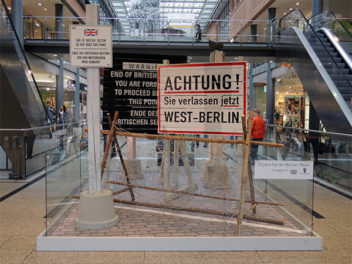

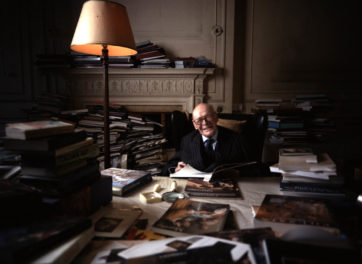
Comments on this post are now closed.